As a university lecturer, school teacher, or academic counselor, you likely find that virtual office hours offer students a great opportunity to get in touch with you online, typically through video, audio, or live chat. These options are crucial as education shifts toward distance learning. But for students to get the most out of any program, they have to feel that they can go to you when they need additional help or resources.
In this post, we’ll examine the benefits and drawbacks of virtual office hours and explain how to make the system work for you and your students.
Benefits of virtual office hours
Remote learning presents an entirely different model than the in-person classroom, and that means virtual office hours have several distinct advantages over drop-in visits to a physical office.
They are flexible
With your laptop and Wi-Fi, you can give students the option to access support and guidance without having to be there in person. This flexibility goes both ways, as students no longer need to travel to a physical location to discuss matters with their professors and counselors.
They remove physical barriers
When you offer virtual office hours, you and your students aren’t bound to a fixed physical location — where students might have to sit across from you to discuss difficult matters. A virtual connection may be more comfortable for some, and you may find that more students contact you. More reticent students who would otherwise steer clear of your office may feel confident enough to reach out through text or an audio call.
They facilitate real-time problem solving
If a student speaks to you in person about a problem, they may need to take notes and apply your suggestions when they get to a computer later. By contrast, virtual office hours enable screen sharing during a call, so you can navigate websites together and figure out issues on the spot.
They encourage community learning
Virtual office hours can work as an open forum — like a live video conference where all students can see questions that others ask in a text feed alongside the video. When students face similar issues, this “town hall” setup allows them to interact and discuss problems as a group.
Drawbacks of virtual office hours
While the concept of virtual office hours is quickly gaining popularity, there are still some aspects that pose problems for students.
They aren’t readily accessible to every student
Not every student has a computer or reliable internet access at home. If you only offer support through virtual office hours, some students may need to travel to a public library or cafe that offers free Wi-Fi. Otherwise, they will miss out completely on instructor and/or counselor support, which could negatively impact their performance and motivation to learn.
They create distractions
Traditionally, students book appointments in advance or perhaps knock on your door during drop-in hours. Now, with virtual office hours, the onus is on you to ensure you aren’t inundated with messages. You must keep an eye on instant messaging apps and videoconferencing programs during your virtual drop-in times and lock the rooms to prevent too many people from joining at once. This need to monitor different applications can distract you from focusing on each student’s needs during the call or chat.
How to offer virtual office hours
Now that you understand the pros and cons of virtual office hours, it’s time to learn how to offer them. Follow the five steps below to start holding virtual office hours for your students.
1. Ask your students what they prefer
Before scheduling your virtual office hours, consider what would work best for your students. The most effective way to do this is to conduct a survey. For example, you can use Jotform to create a survey and ask students their preferred days, times, and technology (e.g., Zoom, Google Meet, WhatsApp, etc.)
2. Determine the frequency of your virtual office hours
After gathering your students’ preferences and factoring in your other responsibilities, decide on your meeting schedule.
Here are some possible schedules:
- Once per week for a three-hour session
- Twice per week for 90-minute sessions
- Three times per week for one-hour sessions
It’s unlikely that all students will be able or willing to attend the same session, so you need to dedicate some time for group conferences and for private, one-on-one meetings.
3. Set up your appointment booking software
You can use Jotform’s appointment field, which provides customizable options for students to book a virtual meeting with you. This feature integrates with Google Calendar, so it will automatically sync to make it easy to keep track of your upcoming appointment schedule.
4. Set guidelines
It’s important to explain the guidelines for your virtual office hours. Perhaps you require students to email you before they attend office hours, or maybe students can only use specific tools — such as Zoom or Skype. Be clear about your expectations and rules so that students understand how your virtual office hours work and know the behavior you expect of them.
5. Promote awareness
Publish your virtual office hours on the school website and social media pages as well as on notice boards around the school. You can also encourage students to join the calls by reminding them of the hours whenever you see them in class or on campus.
Scheduling virtual Zoom meetings in Jotform
When it comes to videoconferencing apps, there’s little doubt that Zoom is a force to be reckoned with.
Although Skype, Microsoft Teams, BlueJeans, and other video communication platforms have been around longer, Zoom has seeped into pop culture references and become a go-to solution for virtual meetings during the COVID-19 pandemic.
Jotform’s Zoom integration allows you to create new meetings or add students to existing meetings as soon as they fill out an online appointment form. Along with the date, time, and duration of a meeting, the integration uses submitted form information to fill in other important details, such as a student’s name and email address.
Pro Tip
A person’s first name and email address is required for the integration to work properly, so be sure to include those fields on your form.
Apart from setting newly created meetings to specific time zones, the Zoom integration can also approve and schedule meetings automatically, or you can manually approve requested meetings in Zoom.
Meanwhile, you can use Jotform’s appointment field to not only schedule Zoom meetings through your form but also control when and how many students can meet with you.
The appointment field can limit the number of meetings on any day, prevent students from scheduling a meeting on short notice, and black out dates and times to prevent scheduling conflicts.
When students fill out your appointment form, they will receive a meeting confirmation email from Zoom with instructions on how to access the meeting.
Check it out…
Are you new to Zoom or just want to learn more about what it can do? Check out the Jotform blog, where you can learn how to set up a Zoom meeting with the help of Jotform’s appointment field and find out how to prevent Zoombombing.
User spotlight: How an academic counselor uses Jotform to schedule virtual meetings
Jessica Moniz has a lot on her plate.
Apart from being a licensed therapist, Moniz works at two San Francisco Bay Area schools — as a professor and academic counselor at Los Medanos College and as the community-based programs manager at John F. Kennedy University.
That means she needs to use her time wisely and plan her days carefully so scheduling conflicts don’t arise.
At Los Medanos College, Moniz and another academic counselor used to rely on a signup sheet tool to schedule consultations with faculty or staff members . These consultations seek to help fellow educators manage crises and get up to speed on important topics, such as mental health awareness, self-care, cultural competency, and cultural sensitivity.
The signup tool, however, didn’t look very professional and ended up being “really clunky and not super intuitive,” Moniz says.
Moniz now uses Jotform’s appointment field, which allows her to ensure that meetings don’t overlap, run too long, or pile up on her calendar. She does this by limiting consultations to certain days, permitting colleagues to sign up for 30-minute slots only, and requiring meetings to be booked at least three hours in advance.
Meanwhile, Jotform’s integration with Zoom enables Moniz to offer video consultations during the COVID-19 pandemic.
“This system is incredibly user friendly,” Moniz says. “I have taught many colleagues and my employees how to use it, and they pick it up very quickly.”
That data, she says, can even be analyzed in Jotform Report Builder to see how many people are signing up and why they’re coming in.
“Not only could it show what we’re doing and how effective we are at doing it, but it can help us figure out how to improve our services over time and what people are really needing,” Moniz says.
“I can take that to my dean and say, ‘This is really important, and this is what they’re wanting to know.’ If enough people are coming in to do individual consultations for information about crisis management or self-care, then I can say, ‘Maybe we can create more workshops and training opportunities about those specific topics.’ ”
Virtual office hours are here to stay
As online learning becomes more common, teachers, professors, and counselors need to adapt accordingly. You must continue to support your students — even when you’re not in the same city, let alone the same classroom. There is a learning curve, but with some testing and feedback from your students, you can make virtual office hours a success. Check out Jotform to find a booking solution that works for your virtual office hours.
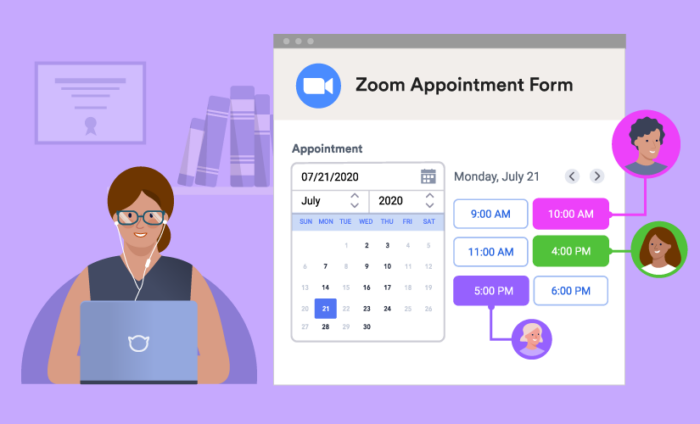

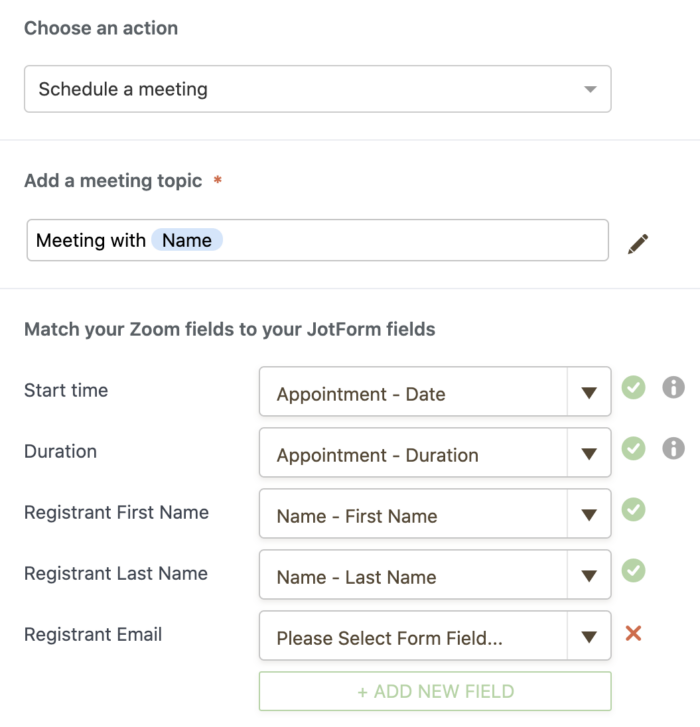


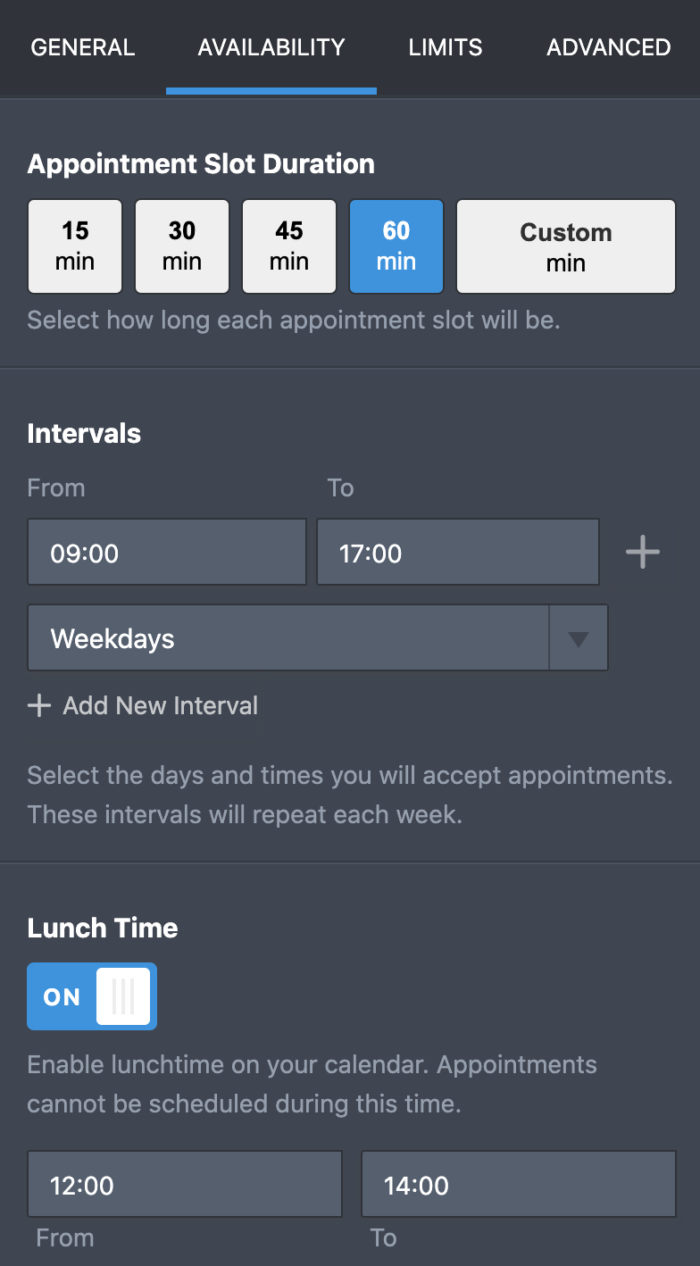
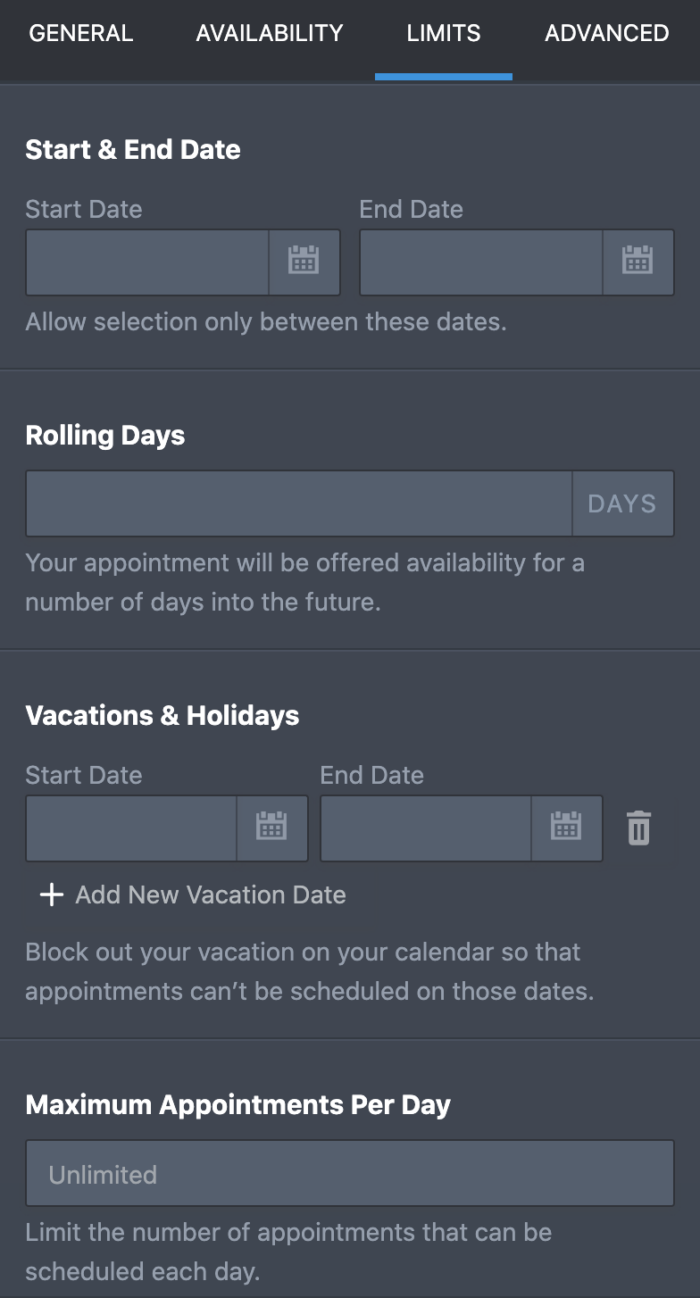
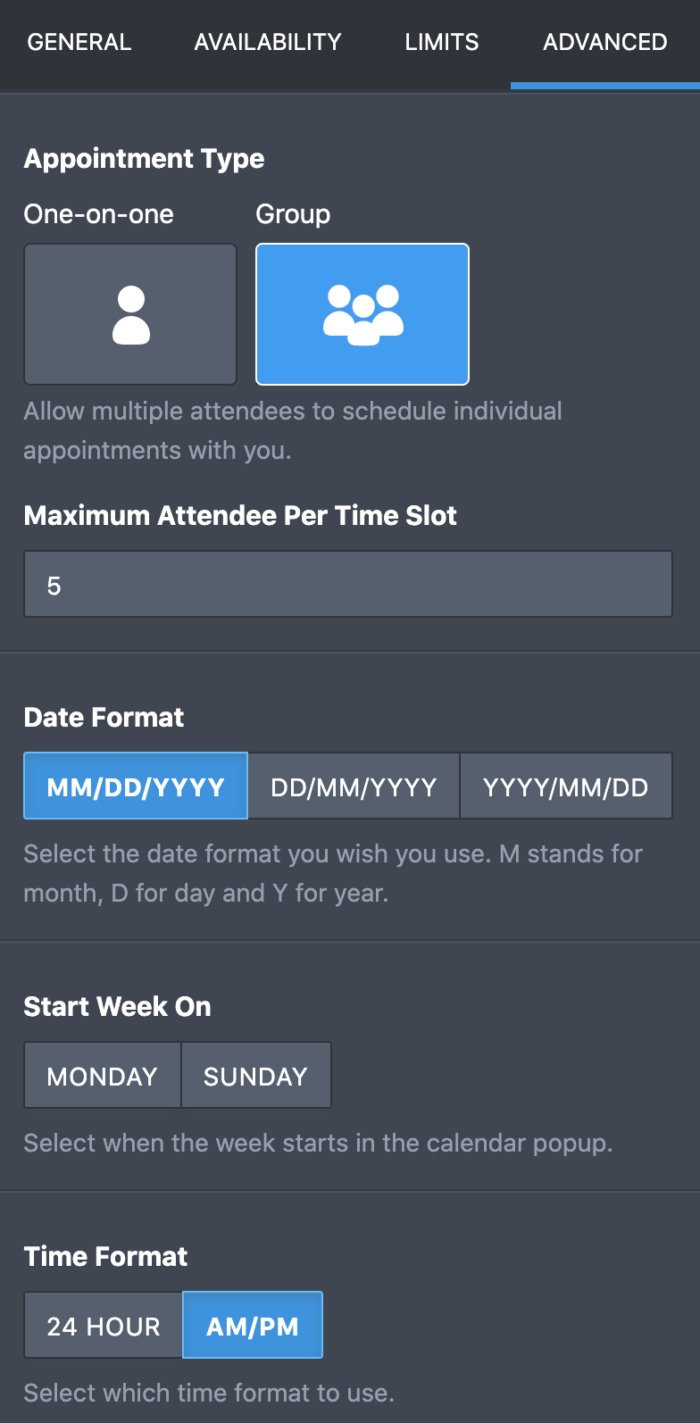
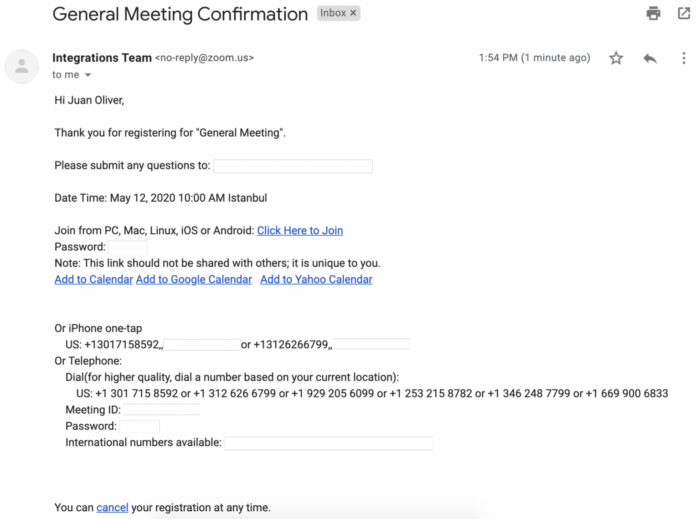

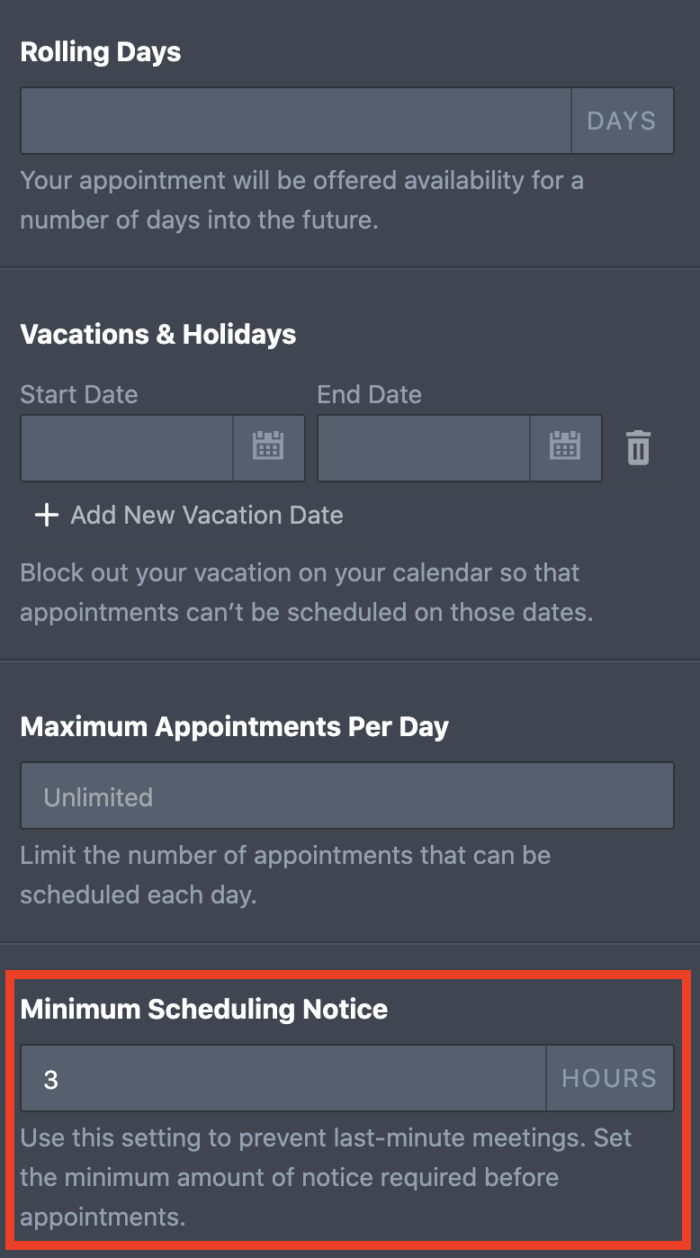













































































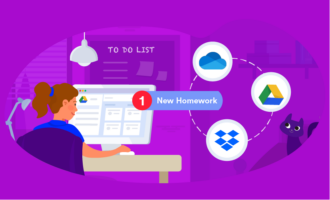
























Send Comment: